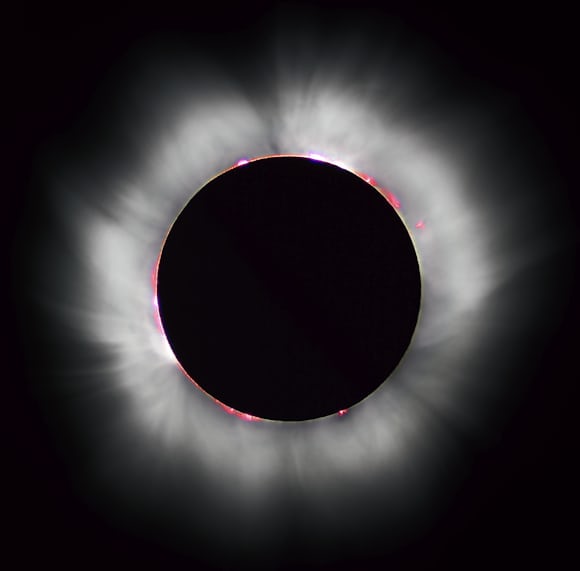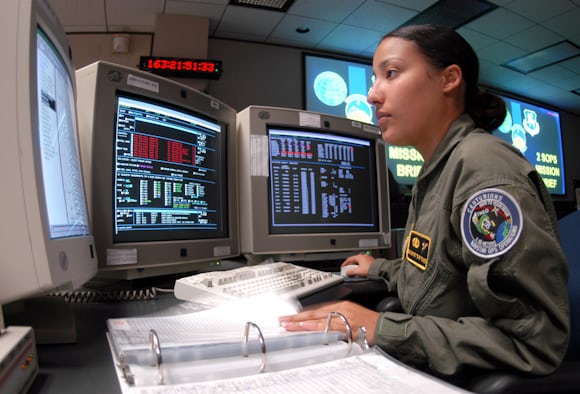Leap Second Added To World’s Clocks For 2017, And How We Keep That From Screwing Up GPS (Badly)
By Jack Forster
There probably were not a lot of us that noticed it during the countdown to midnight, and the New Year, last Saturday, but this year, time needed a tweak. At 23:59:59 on December 31, 2016, an additional second was added to UTC (Universal Time Coordinated, the international time standard) so that, for exactly one second, UTC time was 23:59:60.
This might sound a little “who cares” for most of us, but managing the Leap Second is, among other things, essential for little things like running the Internet, and ensuring GPS doesn’t think you’re halfway to the Moon when you’re just trying to find your mother-in-law’s house (literally).
Needless to say, since accurate GPS and hey, a working Internet, are nice things to have, and since managing time for both is already a complicated business, why do something like add a Leap Second? The answer is that UTC isn’t based on astronomical observations – at least, not anymore.
UTC used to be based on the rotation of the Earth around its axis, as observed at Greenwich. Once upon a time – a simpler, happier time – the second was exactly 1/86,400 of a day. By the mid-1950s, however, clocks had gotten accurate enough that we’d figured out that the Earth’s rotation on its own axis was irregular, so in 1952, the International Union Of Astronomers decided to define the second as a fraction of one orbit of the Earth around the Sun: a second would now be 1/31,556,925.9747 of a tropical year.

However, the year turned out to have the same basic problem as the day; it’s irregular, changing slightly in length from one year to the next. (This is different, by the way, from the problem that requires the insertion of an extra day in a Leap Year; the Leap Year is inserted to keep the Gregorian Calendar in sync with the seasons, but the reason for the Leap Year, is that there isn’t a whole number of days in a year, not that an astronomical year varies slightly in length from one year to the next.) The search, therefore, was on for a definition of the second that didn’t rely on irregular astronomical phenomena. And, by the 1960s, the atomic clock had become accurate enough to offer a better definition – a second, it was decreed, would now be, “the duration …read more







